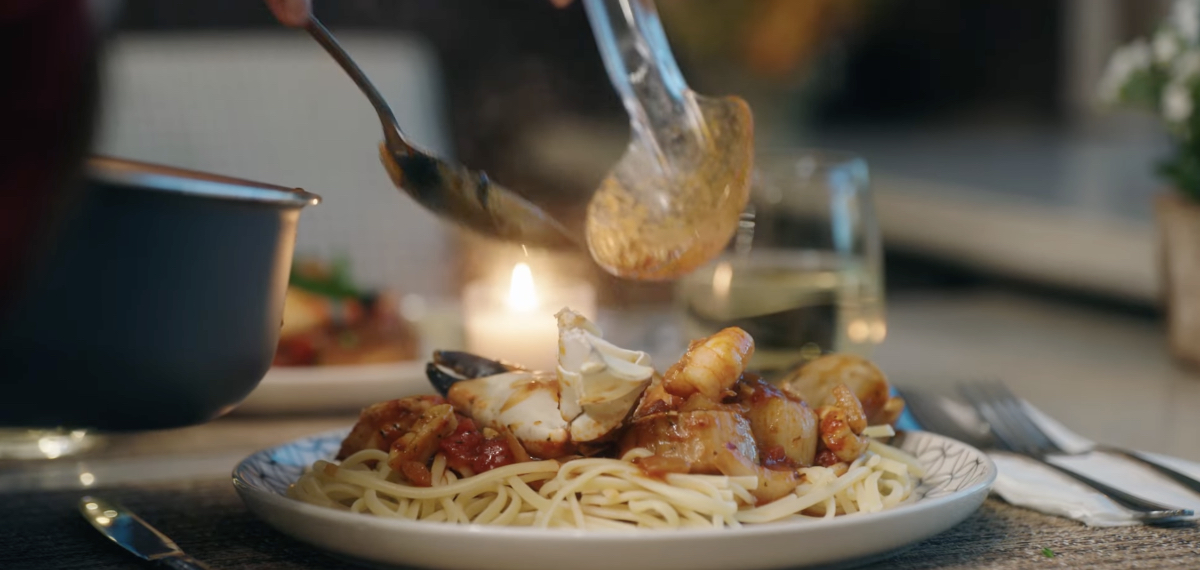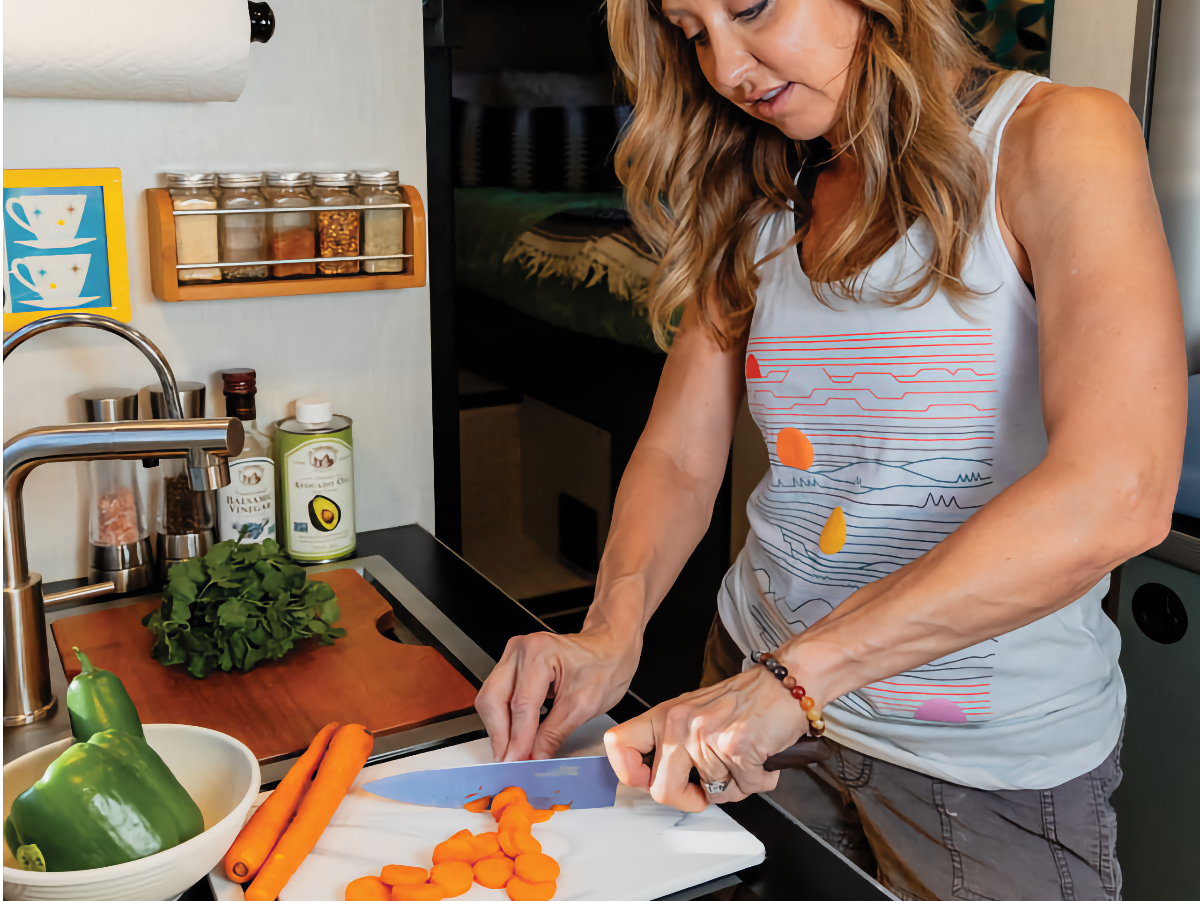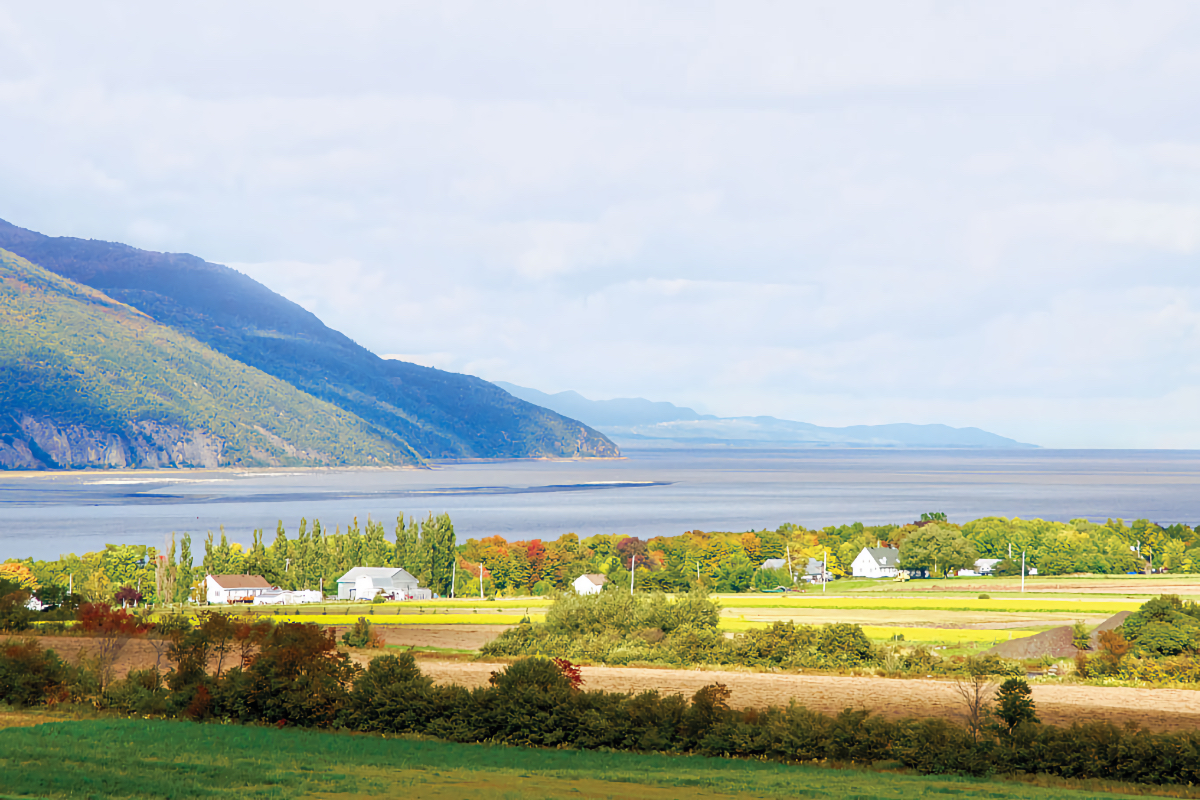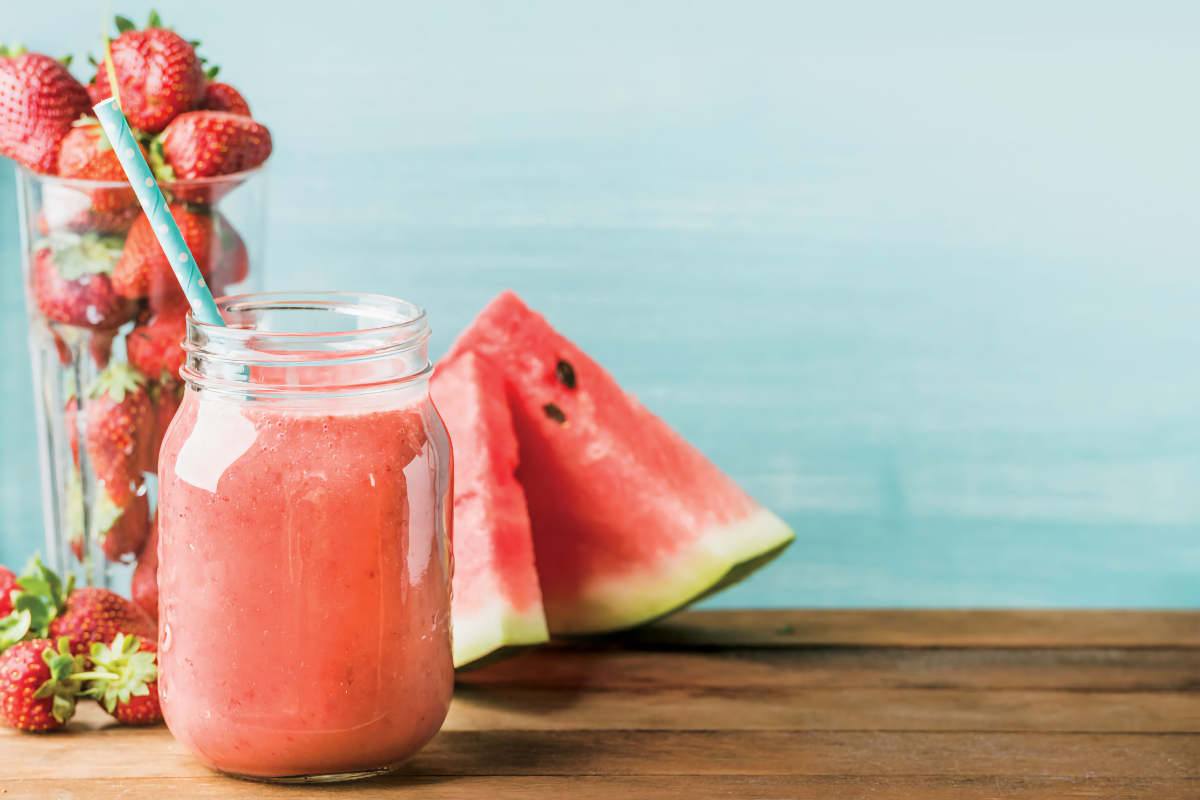Secrets to Maintaining Cast Iron Cookware
What You Need to Know To Buy, Use, and Maintain Cast Iron Pots, Pans, and More!
Image Caption:
Of all the things that one generation hands down to the next, cast iron cookware is maybe one of the most popular and most used. No matter how much of an antique it is, it always cooks like a dream. That is, of course, as long as you properly maintain it.
There are a lot of myths and theories about cleaning and maintaining cast iron cookware, and which is best. There’s also a lot of conversation about how difficult the process is, with many laughing at the absurdity of owning any. However, as you’ll learn below, it’s really no more difficult than caring for a good chef’s knife.
Why Have Cast Iron Cookware for Camping?
If cast iron has a downside, it’s that it’s heavy. So if you’re backpacking, you’re probably not going to want to lug around your favorite cast iron dutch oven. But if you’re camping in an RV, why not? Cast iron cookware is extremely versatile and—if properly seasoned—you can use it to cook nearly everything.
Plus, it’s durable. It can get banged around, fall off things, and even handle pretty extreme heat without worry of cracking or breaking.
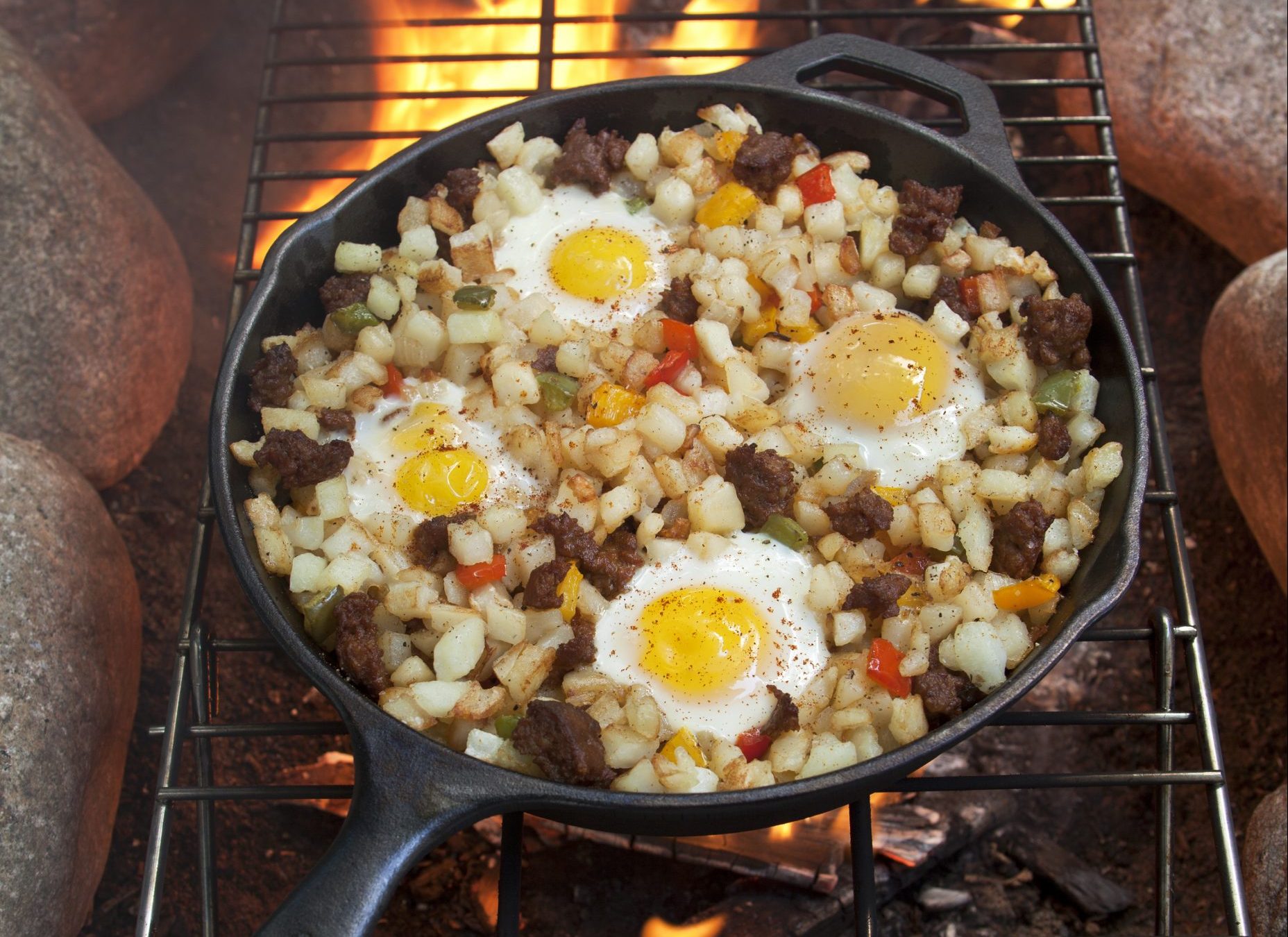
Cast iron is great for open campfire cooking (image from Getty).
If you’re camping in an RV, having pans that are versatile enough to cook both inside the coach (they’re perfectly oven safe) or out over the campfire (set right on the coals) means you’re packing less.
They also retain heat pretty consistently. So if your campfire and coals aren’t staying quite as warm as you’d like, your cast iron will stay consistently hot enough to continue cooking while the fire fluctuates.
How to Buy Cast Iron
If you’re in the market for a good cast iron pan, you’ve got a couple of different options.
First, you can buy new. There are any number of different kinds of cast iron pans and cookware available, from traditional skillets to dutch ovens to cornbread trays. These days, there are several brands on the market that offer you just about anything you could want. Some of these are on the more gourmet side of things, like French brand Le Creuset.
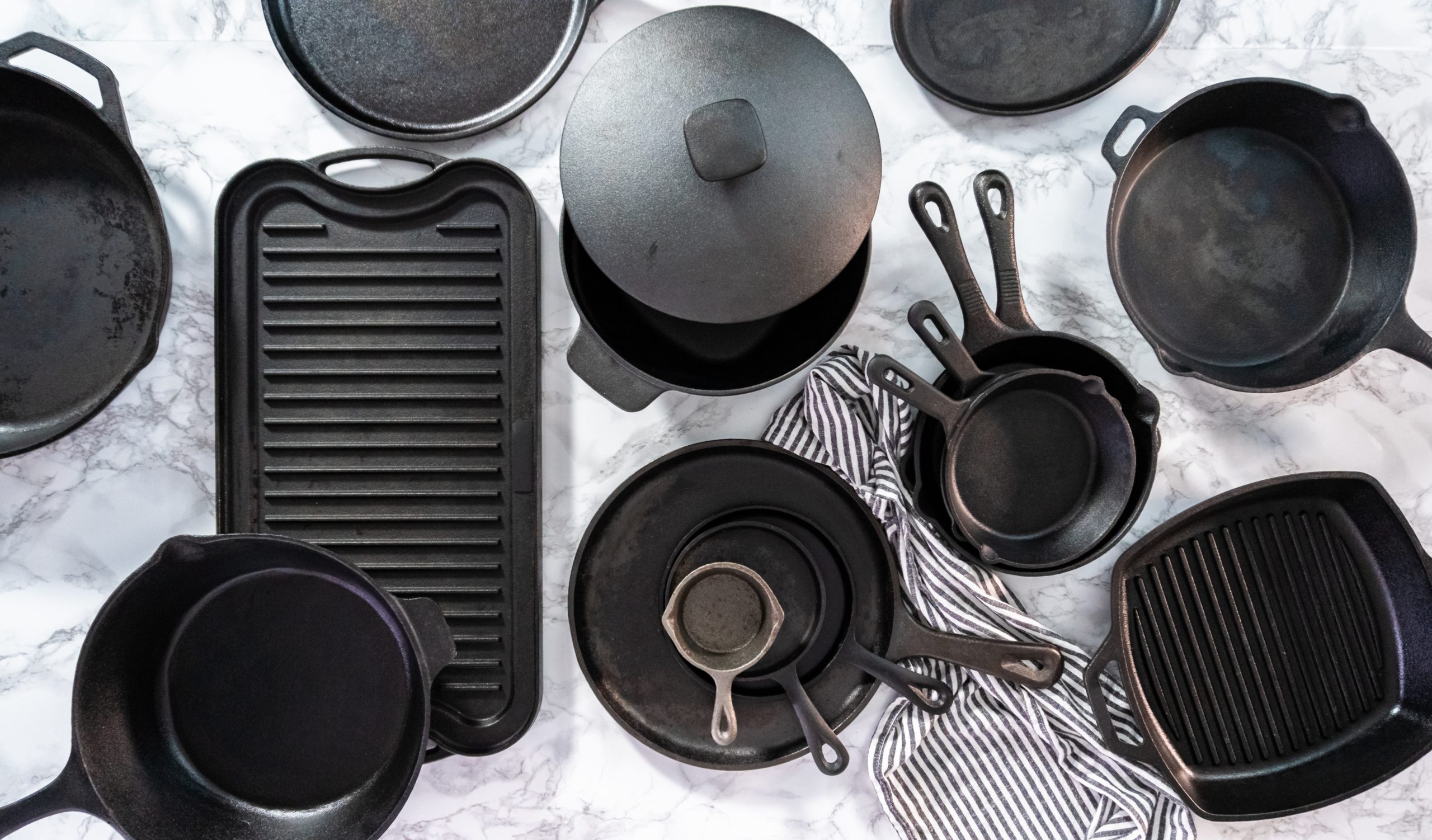
There’s never been a wider selection of cast iron cookware available (image from Getty).
On the flip side of that, you’ve got your heritage brand that’s probably in just about every home across the southern United States: Lodge. Both of these brands—and every single one in between—offer a great product, so it boils down to your price point and maybe some other small features you may be looking for.
Otherwise, consider buying your pots and pans second-hand. Not only can you get a fantastic deal on them, cast iron is known for lasting generations. Visit yard sales, flea markets, or even look around on Facebook Marketplace and see if you can find a piece that’s in good shape.
Maintaining Your Cast Iron Cookware
There are several tips and tricks to maintaining cast iron cookware to make sure it lasts generations—and continues to cook just as well. No matter what, it all comes down to seasoning your cast iron appropriately so its non-stick properties stick around.
Here’s how to season your cast iron:
- Oil your pan by rubbing it all over with a paper towel. Vegetable, corn, and canola oils are great for this. According to food writer and researcher Kenji Lopez-Alt, fats “polymerize” in the presence of heat, oxygen, and metal. This forms a substance that coats the pan and, hence, creates non-stick properties.
- Heat your pan in a 425-degree oven. Fair warning: this will cause smoke, so have your vent hood going, or a window open and a fan pointed outside. Pull it out when the pan is noticeably blacker than when you started.
- Repeat the process. Normally this will take three or four rounds. It should be pitch black.
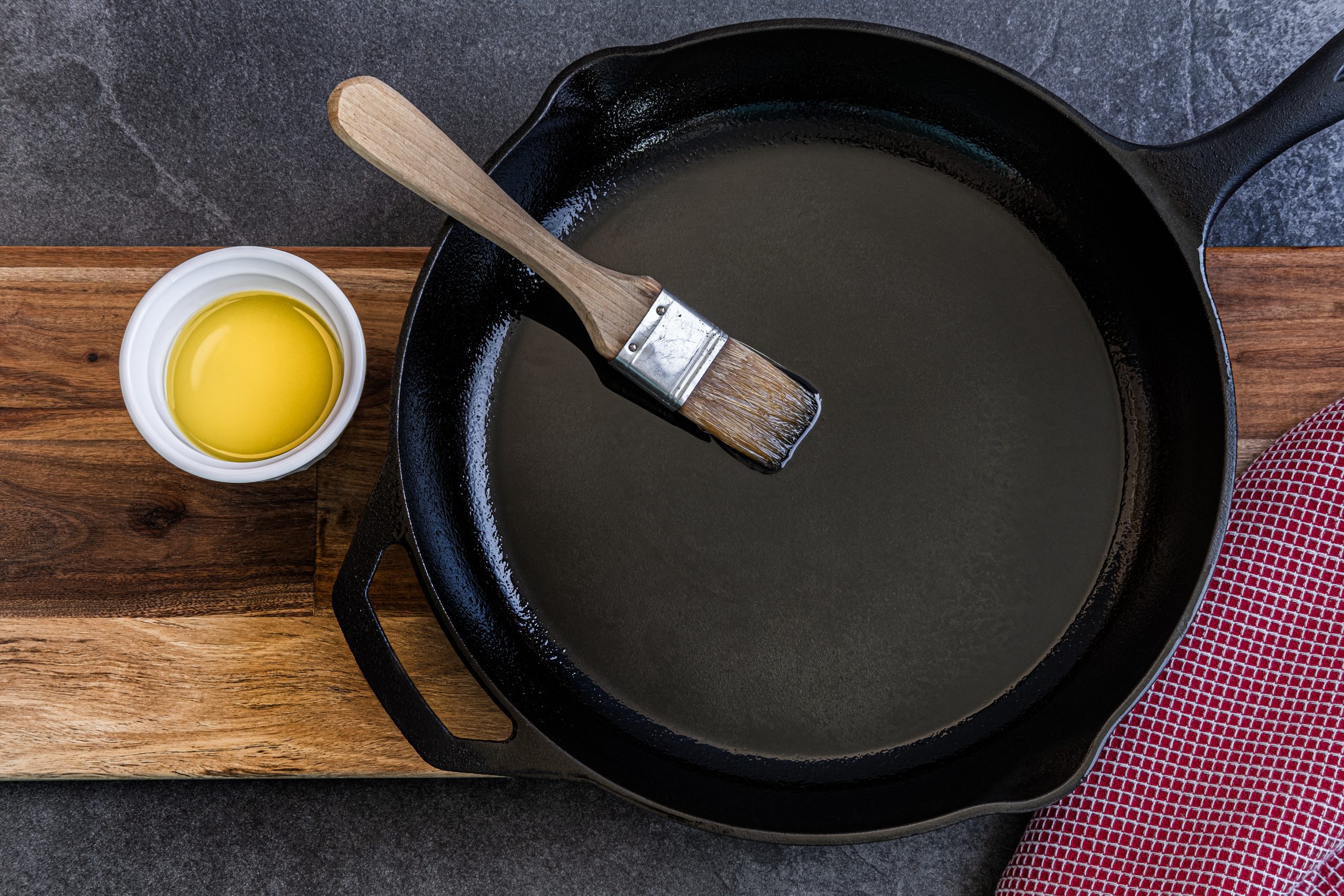
Oil bonds to the skillet at high-heats to create a non-stick seal.
Once you’ve seasoned it, you’re ready to cook. But how do you maintain it? Here are some tricks:
- Use it frequently. The more often you cook with cast iron (especially for frying or searing) the more polymers build up.
- Clean it as soon as you’re done cooking. A hot pan is always easier to clean than a cold one. That means you’re scrubbing less—and, therefore, less likely to scrub off all of your seasoning.
- You absolutely can use soap on a well-seasoned cast iron pan. The polymerized-oil coating bonds with the cast iron, so soap doesn’t affect it. That said, you should never let your cast iron soak in the sink. Clean it out and get it dry as quickly as possible.
- Don’t use abrasives if you can help it. From metal scrubbers to cleaners like Bar Keeper’s Friend, they’ll take your coating right off.
- Once it’s clean, dry it on your range (or back over the campfire), which will quickly evaporate the leftover water and leave less chance of rust. Rub it all over with a little oil, and let it cool.
So, with these tips in mind, shopping for, using, and maintaining cast iron cookware should be easy, enjoyable, and, most importantly, stick-free.

